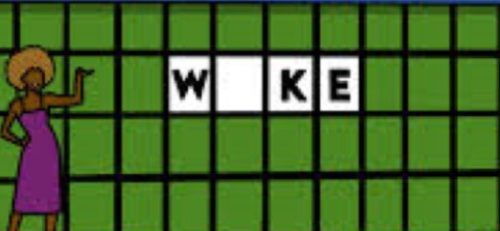This is a guest post by Mikey
Thirty years ago today, one of the most brutal regimes in the twentieth century came to an end, that of the Marxist-Leninist Cambodian Communist Party led by Pol Pot. They came to power on April 17, 1975 with the aim of achieving a pure Communist society. According to Craig Etcheson, founder of the Documentation Center of Cambodia, the best estimate is that Pol Pot’s regime was responsible for the deaths of 2.2 million people of which 50% were violent. Given the population of Cambodia prior to the Khmer Rouge taking control, this figure means that the Cambodian Communists were responsible for the deaths of approximately 30% of the population in 44 months of rule.
The ideology of Khmer Rouge meant that they did not just want to change Cambodian society, they wanted to “shatter it to bits.” Those that they deemed disagreed with them were classed as an “enemy” and as such were not worthy of living. As was explained by one Khmer Rouge officer, “We prefer to kill ten friends rather than keep one enemy alive.”
The death toll started mounting from the moment that they took power, when the Khmer Rouge ordered everyone to leave the cities and to go to the villages where they could work in the rice fields. This order did not have exceptions and as such families were seeing pushing relatives in hospital beds with an intravenous drip in the searing heat through a long march out of the cities. Those that could not make it were shot or died of starvation or disease.
Given the regime had a slogan: “To keep it no profit, to destroy it no loss,” it is not surprising that the following scene was witnessed: A Communist soldier killed a blind beggar with his bayonet without any warning. When asked why, the soldier responded: “He could never work in the fields. He was useless to society. It is better for him to die.”
Work conditions in the rice fields were brutal and for a minor offence such as turning up late for work, not only could the offender be killed, but so could their whole family. Similarly for those caught trying to escape the regime to a neighbouring country the punishment was death.
The method of killing could also be sadistic to the extreme. In their book Peace With Horror, John Barron and Anthony Paul discuss a witness report of the case of Saray Savath: “First the Red Khmers cut off his nose and ears; then they cut a deep gash into his arm. Thus, as he was bleeding to death, his arms were tied behind his back and attached to a tree. The rope was long, so the colonel could dance around the tree with pain…. For two days and two nights the colonel cried for help by his tree, but nobody was allowed to go near him. On the third day, he died.”
For those not killed in a violent way, malaria, typhoid, dysentery and cholera were responsible for numerous more deaths as was starvation. There were those so hungry that they would eat literally anything to stay alive including tree bark, algae and worms. The ideology of the Khmer Rouge meant that they would not accept any foreign aid. This contributed to an acute problem of lack of food and medicine available to the population and the ever increasing death toll.
In The Black Book of Communism, Stéphane Courtois lists his estimates of deaths arising from the crimes of Communists in the 20th Century:
U.S.S.R.: 20 million deaths
China: 65 million deaths
Vietnam: 1 million deaths
North Korea: 2 million deaths
Cambodia: 2 million deaths
Eastern Europe: 1 million deaths
Latin America: 150,000 deaths
Africa: 1.7 million deaths
Afghanistan: 1.5 million deaths
The international Communist movement and Communist parties not in power: about 10,000 deaths
The total approaches 100 million people killed
One would hope that today people can spare a thought for the victims of this ideology and to ensure that these crimes are known about and taught in schools. Nobody of sane mind should ever again be proud to refer to themselves as a Marxist-Leninist.
Gene adds: I linked to this test here a few years ago. At the time I scored barely above 50 percent, mostly because I underestimated the full scale of the horrors. Note especially the correct answer to question number 40.


